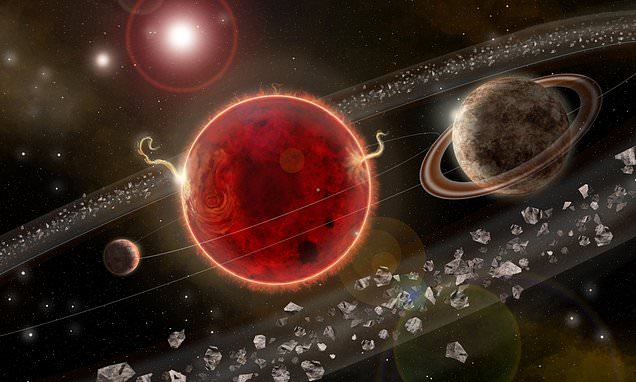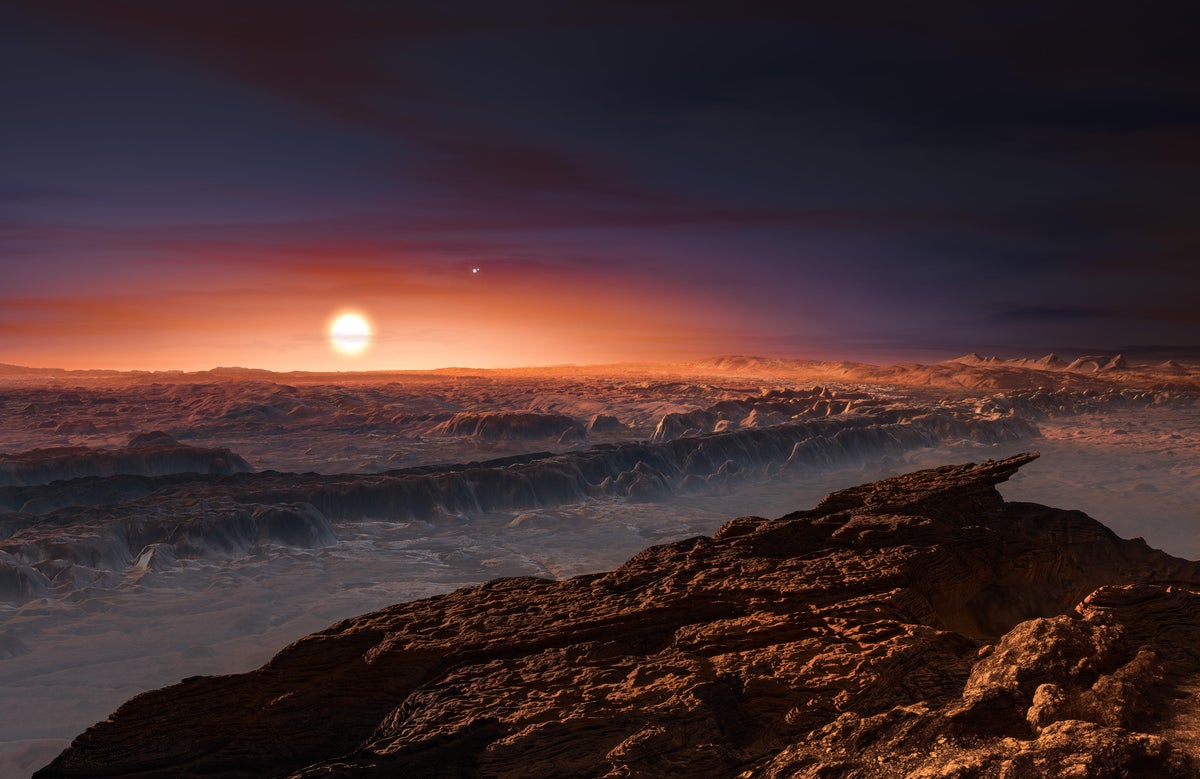Actually, there is a possibility that some forms of life can be on the surface of the red planet. As a frozen lake was found on the surface of Mars, some forms of life can remain there in the frozen water. I have already mentioned in another thread the Rosalind Franklin’ mission. ThisInteresting question.. !! Well...so far we observed, there are no such planets near Earth or our Solar System, which supports life. Yes, there are some 'Earth like Planets' but the condition of those planets are not suitable for life.
space mission will attempt to search for life on Mars. The launch is scheduled for 2022. Interesting fact, that this is the first Mars mission by British aerospace companies. Looking forward to this mission and I hope it will open some new things for us.





